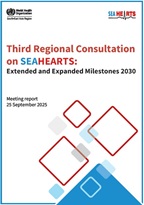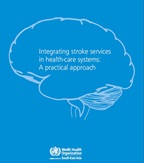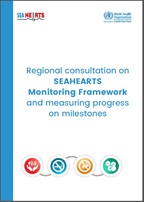
Reducing cardiovascular disease (hypertension and sodium)
Overview
Hypertension (HTN) is highly prevalent in Thailand. According to the National Health Examination Survey conducted in 2015, one out of four Thais had HTN but less than one out of three had their blood pressure under control. Additionally, almost half of adult Thais with HTN were not even aware that they had high blood pressure. HTN is a silent killer as most people with HTN do not experience any symptoms. Therefore, improving blood pressure screening, diagnosis and treatment will help save lives and reduce disability from heart attacks and strokes, reduce medical costs, and improve national productivity.
In line with global targets to reduce the prevalence of raised blood pressure by 25% by 2025, Thailand has set ambitious goals in order to achieve a 30% reduction in population intake of salt/sodium. The Ministry of Public Health is implementing the 2016-2025 national sodium reduction policy and action plan. The action plan focuses on surveillance, public awareness, labelling, legislation, product reformulation, and research initiatives that encourage the production and consumption of foods with reduced sodium content, and prioritize consumer education to ensure effective implementation.
Key facts
25% of adult Thais have hypertension or raised blood pressure.
Only 30% of patients with hypertension have their blood pressure controlled
Thais consume an average of 10.8 grams of salt per day (over 4,000 milligrams of sodium). This is more than double the recommended daily amount of salt.




